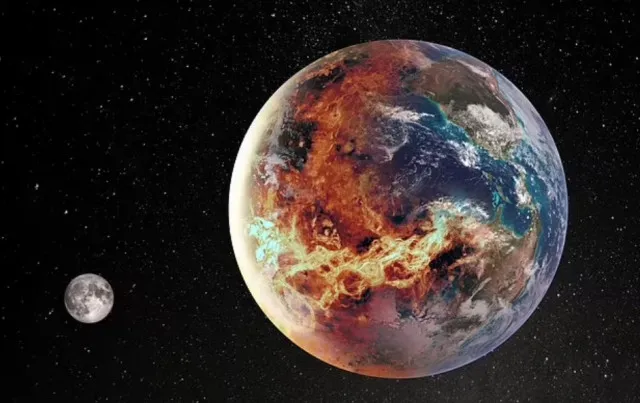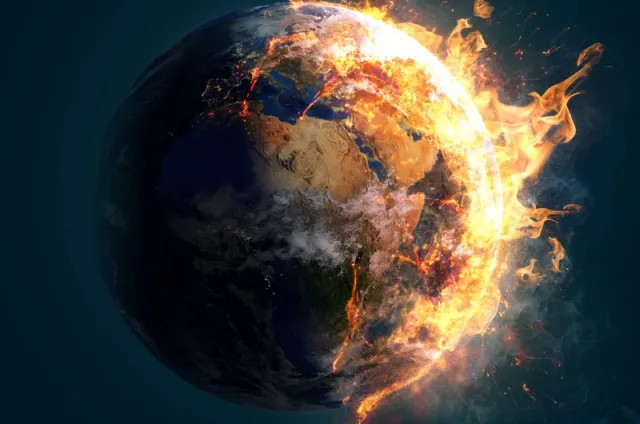Scientists have revealed a predicted date when a mass extinction event could occur, potentially wiping out all human life on Earth.
Scientists have recently made startling predictions about the future of Earth.
According to a new study, humans could face extinction in about 250 million years. This research was conducted by experts at the University of Bristol.
They used computer models to estimate how climate change will affect our planet over millions of years.
Scientists announce predicted date of human extinction due to upcoming planetary catastrophic event
The impact of fossil fuels on our future.
The study suggests that if humanity stops burning fossil fuels now, the timeline for extinction remains 250 million years from now.
However, if fossil fuel consumption continues, the date of extinction could come much sooner.

The burning of fossil fuels releases greenhouse gases that significantly contribute to global warming.
Researchers believe that high temperatures will make Earth uninhabitable for mammals, including humans.
They predict that temperatures could rise between 104°F to 158°F (40°C to 70°C). These extreme conditions would create a hostile environment for life.
Climate models and predictions
The scientists used advanced climate models to simulate future weather patterns. They looked at factors like temperature, wind, rain, and humidity.
Their findings indicate that only a small portion of Earth’s land might remain livable. They estimate that only 8 to 16 percent of land could support mammals.
The study shows that carbon dioxide levels could double in the future.
This increase is partly due to volcanic activity, which will become more frequent as the continents shift.
These eruptions will release large amounts of carbon dioxide, worsening global warming.

Formation of the supercontinent Pangea Ultima.
In about 250 million years, scientists predict that all continents will merge to form a new supercontinent called Pangea Ultima.
This supercontinent will change the geography of Earth significantly. The land will take on a doughnut shape, with a large inland sea at its center.
This new land formation will create extreme weather patterns.
The combination of high temperatures, humidity, and limited habitable land will make survival difficult.
Many species, including humans, may not adapt to these harsh conditions.
The future of mammals on Earth.
The predictions suggest that mammals could face massive extinction. While some specialized species might survive, most will not.
The environment will become increasingly harsh, with food and water becoming scarce.
Dr. Alexander Farnsworth, one of the researchers, stated that the outlook for the future is grim.

He emphasized the need to address climate change now to avoid dire consequences later.
He also mentioned that humans might need to create controlled environments, such as air-conditioned shelters, to survive.
Can humans survive the future?
The study raises questions about humanity’s ability to endure such extreme conditions.
Researchers believe we might need to innovate to survive. One possible solution could involve geoengineering, which refers to large-scale interventions in the Earth’s climate system.
Another hopeful idea is the possibility of colonizing other planets.
While this concept is currently more science fiction than reality, it offers a glimpse of potential futures for humanity.
Moving to another planet could provide a new home if Earth becomes uninhabitable.

Importance of addressing climate change now.
The recent findings serve as a wake-up call. They highlight the urgency of tackling climate change.
Scientists stress that immediate action is crucial to mitigate the effects of global warming.
Public awareness and collective efforts are vital for preserving our planet.
Governments, organizations, and individuals must work together to reduce greenhouse gas emissions.
By making changes now, we can help ensure a livable future for generations to come.